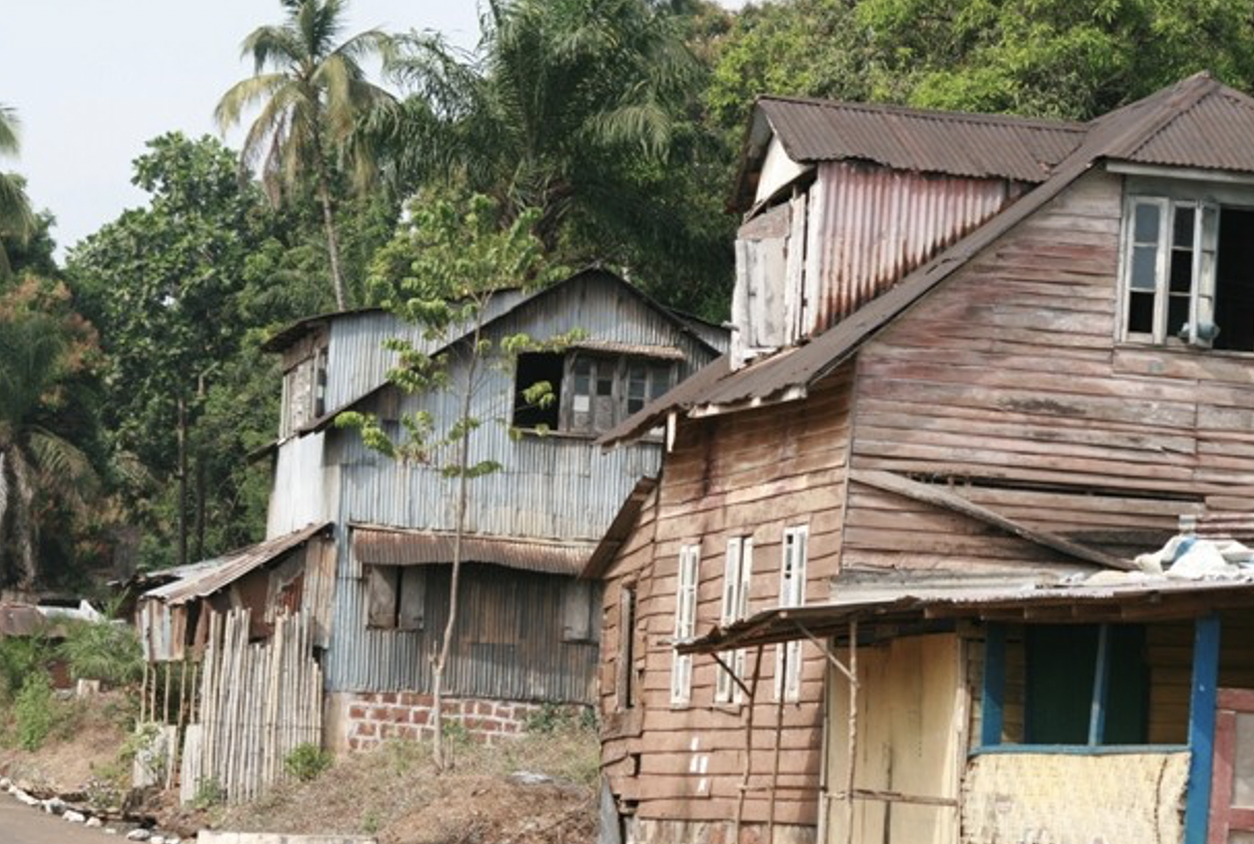Sierra Leone’s capital city, Freetown, is widely known as the home of formerly enslaved people – hence its name. Founded in 1787, thousands of enslaved people were either returned to or liberated in Freetown when the United Kingdom’s Parliament passed the Trade Act of 1807. The legislation came alongside other Western countries that passed similar anti-trafficking laws, including the United States, Portugal, Spain, and the Netherlands.
However, just 25 miles from Freetown is York Village. It’s another community that many people don’t know about that also served as a home for liberated people formally enslaved. York Village has a more than 200-year history that deserves a visit when you visit Sierra Leone.
According to Visit Sierra Leone, York is a Krio village comprised of various tribes. Krio is the most widely spoken language in Sierra Leone and is native to the Creoles, who were formerly enslaved, freed people from Britain, The United States, and the West Indies.
Before those who were enslaved and then liberated arrived, the Sherbro Tribe lived in the village of Momimi.
The History of York Village
How the village was eventually named York depends on who you ask. Some say the village was named after York in the United Kingdom or the Duchess of York, who was rumored to stay in the community. Other historians say York comes from a Sherbro word that means “to carry people.” Those who were enslaved were kept in York during the slave trade.
There’s also some evidence that York is derived from another Sherbro word that translates to “strangers.” It’s believed the Sherbro used York to describe the Portuguese and other Europeans visiting their town as “York.” When the Portuguese heard this, they decided to keep the town’s name when it was named in 1819.
According to Visit Sierra Leone, more than 200 ex-Royal African Corps–or liberated people who served Britain in the Napoleonic Wars–also settled in York.
A Direct Connection To Homes in the United States
One characteristic that historians note is how the layout and architecture of homes in York resemble those found in the south of the United States, serving as more evidence of the early settlers and re-captives who were starting a new life during the 19th century.
What To See During Your Visit

Bobor Kombo
It is said that this point was once used by enslaved men to take baths. Women were not allowed to take baths here or fetch water from this point of the sea. Bobor Kombo also has a cotton tree that’s more than 200 years old.
Foriwater Cave
The Foriwater Cave is one of the oldest and most widely used caves in Sierra Leone during and after the slave trade. It is also one of the most significant caves in the region. While the cave lies closer to the Atlantic Ocean, it’s known for its fresh, cold water.
During the slave trade, historians say European traders used the cave to access fresh water for their journey across the Atlantic. Only Colonial masters were allowed access to this cave’s fresh water. Today, the villagers in York still use the water from the Foriwater cave both for drinking and cooking purposes.
The Wesleyan Church
The Wesleyan Church, standing for over 150 years, is among the oldest churches in Sierra Leone. It was built by slave traders belonging to the Wesley Family. After the colonial period, the church was later named the Brunswick Methodist Church.
The Town Bell
This bell was and is still used as a means of communication or calling people to attention during important meetings and festivals, to announce someone’s death, and more. Its history dates back to the slave trade when it served as a means of communication and alerted those far away in case of emergencies. The bell is still used for similar purposes in the village today.
